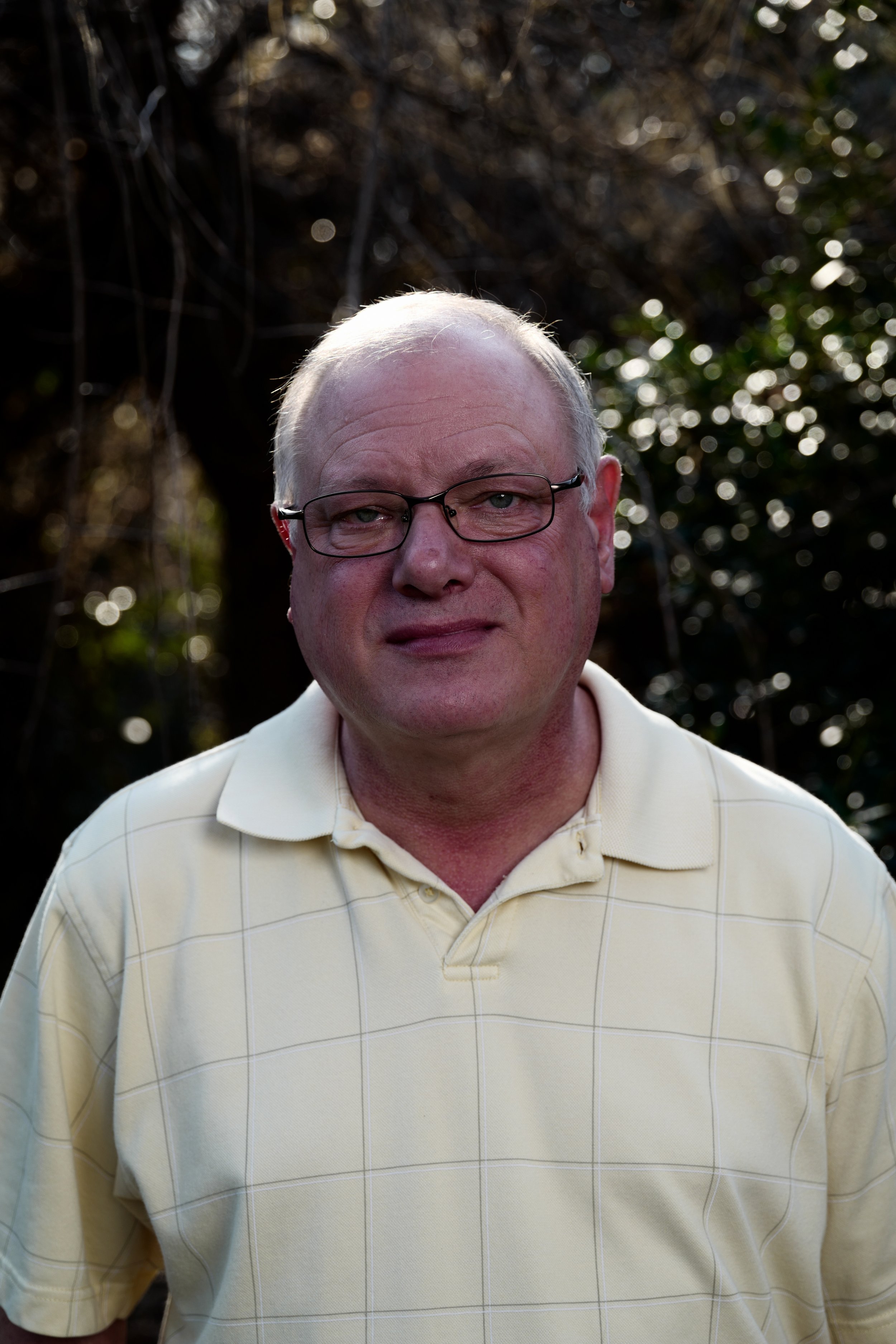Indicators on Circularly Polarized Luminescence You Need To Know
Indicators on Circularly Polarized Luminescence You Need To Know
Blog Article
The Only Guide to Uv/vis
Table of ContentsThe Definitive Guide for Uv/vis/nir5 Easy Facts About Spectrophotometers DescribedHow Circular Dichroism can Save You Time, Stress, and Money.The Greatest Guide To Circularly Polarized LuminescenceExcitement About Uv/vis/nirExamine This Report on SpectrophotometersGetting The Uv/vis/nir To WorkWhat Does Uv/vis Mean?The Single Strategy To Use For Circular DichroismSome Known Details About Uv/vis All About Circular DichroismThe Buzz on Uv/visAn Unbiased View of Spectrophotometers
It is then scanned through the sample and the referral services. Fractions of the occurrence wavelengths are transmitted through, or shown from, the sample and the reference. Electronic circuits convert the relative currents into linear transmission portions and/or absorbance/concentration values.The transmission of a referral compound is set as a standard (information) value, so the transmission of all other compounds are tape-recorded relative to the preliminary "zeroed" compound. The spectrophotometer then transforms the transmission ratio into 'absorbency', the concentration of specific components of the test sample relative to the preliminary substance.
Considering that samples in these applications are not easily available in large quantities, they are especially matched to being analyzed in this non-destructive strategy. In addition, precious sample can be conserved by using a micro-volume platform where just 1u, L of sample is required for complete analyses. A brief description of the treatment of spectrophotometry includes comparing the absorbency of a blank sample that does not contain a colored compound to a sample which contains a colored substance.
Spectrophotometers for Beginners
In biochemical experiments, a chemical and/or physical property is picked and the procedure that is utilized specifies to that property in order to derive more details about the sample, such as the amount, pureness, enzyme activity, and so on. Spectrophotometry can be used for a number of techniques such as figuring out ideal wavelength absorbance of samples, identifying optimum p, H for absorbance of samples, determining concentrations of unidentified samples, and determining the p, Ka of various samples.: 21119 Spectrophotometry is also a practical procedure for protein filtration and can likewise be utilized as an approach to create optical assays of a substance.
It is possible to know the concentrations of a two part mixture utilizing the absorption spectra of the basic solutions of each element. To do this, it is required to know the extinction coefficient of this mixture at 2 wave lengths and the termination coefficients of services which contain the recognized weights of the 2 parts.

Not known Details About Uv/vis/nir
A lot of spectrophotometers are used in the UV and visible regions of the spectrum, and a few of these instruments likewise operate into the near-infrared region also. The concentration of a protein can be approximated by measuring the OD at 280 nm due to the presence of tryptophan, tyrosine and phenylalanine (https://sketchfab.com/olisclarity1).
Nucleic acid contamination can also interfere. This method requires a spectrophotometer efficient in determining in the UV region with quartz cuvettes.: 135 Ultraviolet-visible (UV-vis) spectroscopy involves energy levels that delight electronic shifts. Absorption of UV-vis light delights particles that are in ground-states to their excited-states. Visible region 400700 nm spectrophotometry is utilized thoroughly in colorimetry science.
These curves can be used to check a new batch of colorant to inspect if it makes a match to requirements, e
Traditional visible standard noticeable can not detect if find colorant or the base material has product. This can make it challenging to manage color issues if for example one or more of the printing inks is fluorescent. There are two major setups for visual spectrum spectrophotometers, d/8 (round) and 0/45.
Researchers utilize this instrument to measure the amount of compounds in a sample. In the case of printing measurements two alternative settings are commonly used- without/with uv filter to manage better the result of uv brighteners within the paper stock.
7 Simple Techniques For Spectrophotometers
Some applications require small volume measurements which can be carried out with micro-volume platforms. As explained in the applications area, spectrophotometry can be used in both qualitative and quantitative analysis of DNA, RNA, and proteins. Qualitative analysis can be utilized and spectrophotometers are used to tape spectra of substances by scanning broad wavelength regions to identify the absorbance homes (the intensity of the color) of the compound at each wavelength.

The smart Trick of Spectrophotometers That Nobody is Talking About
One major aspect is the type of photosensors that are available for different spectral regions, however infrared measurement is likewise challenging due to the fact that practically whatever emits IR as thermal radiation, specifically at wavelengths beyond about 5 m. Another issue is that quite a few materials such as glass and plastic take in infrared, making it incompatible as an optical medium.
Samples for IR spectrophotometry may be smeared between two discs of potassium bromide or ground with potassium bromide and pressed into a pellet. Where liquid options are to be determined, insoluble silver chloride is utilized to build the cell. Spectroradiometers, which run nearly like the noticeable area spectrophotometers, are designed to determine the spectral density of illuminants. Recovered Dec 23, 2018. Fundamental Laboratory Approaches for Biochemistry and Biotechnology (2nd ed.). The necessary guide to analytical chemistry.
Chichester, NY: Wiley. pp. 1617. ISBN 9780471974123. OCLC 36543293. Ninfa AJ, Ballou DP (2004 ). Essential lab methods for biochemistry and biotechnology. Hoboken: Wiley. p. 66. ISBN 9781891786006. OCLC 633862582. Rendina G (1976 ). Philadelphia, PA: W. B. Saunders Company. pp. 46-55. ISBN 0721675506. OCLC 147990. Oke, J. B.; Gunn, J. E.
8 Simple Techniques For Circularly Polarized Luminescence
"Secondary standard stars for absolute spectrophotometry". The Astrophysical Journal. 266: 713. Bibcode:1983 Ap, J..266..713 O. doi:10. 1086/160817. Ishani, G (2006 ). "The first commercial UV-vis spectrophotometer". p. 100. Retrieved Dec 23, 2018. Simoni, RD; Hill, RL; Vaughan, M; Tabor, H (Dec 5, 2003). "A Timeless Instrument: The Beckman DU Spectrophotometer and Its Developer, Arnold O.
278 (49 ): e1. doi:. ISSN 1083-351X. Beckman, A. O.; Gallaway, W. S.; Kaye, W.; Ulrich, W. F. (March 1977). "History of spectrophotometry at Beckman Instruments, Inc". Analytical Chemistry. 49 (3 ): 280A300A. doi:10. 1021/ac50011a001. "Hewlett Packard: Substance Identification with HP 8450 A UV Visible Spectrophotometer". Analytical Chemistry. 51 (12 ): 1188A1189A. 1979-10-01.
1021/ac50048a728. ISSN0003-2700. Ninfa AJ, Ballou DP, Benore M (2015 ). Essential Laboratory Approaches for Biochemistry and Biotechnology (3, rev. ed.). Hoboken, NJ: Wiley & Sons. p. 77. ISBN9780470924525. OCLC915641828. "Totally Automatic Double Beam - Atomic Absorption Spectrophotometer (AA 8000)". Lab Devices. Labindia Analytical Instruments Pvt. Ltd. "Spectrophotometry Applications and Fundamentals".
The Basic Principles Of Uv/vis/nir
"Applied Spectrophotometry: Analysis of a Biochemical Mixture". Biochemistry and Molecular Biology Education. Journal of Biochemistry Education.
The Only Guide to Spectrophotometers
U.S. Department of Commerce National Bureau of Standards special publication; 378. Washington, D.C.: U.S. National Bureau of Standards.
The process starts with a regulated light source that lights up the analyzed sample. When it comes to reflection, as this light connects with the sample, some is taken in or given off. The released light travels to the detector, which is analyzed, quantified, and presented as industry-standard color scales and indices.
Industry governing bodies normally specify specific metrics for specific items, such as Tomato and Coffee indices. The simplified math looks like this: Where R is the reflection coefficient. All terms are evaluated over the visible spectrum from 400 to 700 nm. In the case of transmission, when the light you can try here engages with the sample, it is either absorbed, reflected, or transmitted.
All About Circularly Polarized Luminescence
Examples include APHA (American Public Health Association) for watercolor and pureness analysis, ASTM D1500 for petrochemical color analysis, edible oil indices utilized in food, and color analyses of beverages. All terms are evaluated over the noticeable spectrum from 400 to 700 nm.
Image Credit: Matej Kastelic/ Dr. Arnold J. Beckman and his associates at the National Technologies Laboratories initially created the spectrophotometer in 1940. In 1935 Beckman founded the business, and the discovery of the spectrophotometer was their most ground-breaking development.
The 25-Second Trick For Spectrophotometers
Over time, scientists kept improving the spectrophotometer style to enhance its efficiency. The UV abilities of the design B spectrophotometer were enhanced by replacing the glass prism with a quartz prism.
Normally, a spectrophotometer is made up of 2 instruments, namely, a spectrometer and a photometer. A fundamental spectrophotometer contains a light source, a monochromator, a collimator for straight light beam transmission, a cuvette to position a sample, and a photoelectric detector.
The Buzz on Circularly Polarized Luminescence
There are different types of spectrophotometers in different shapes and sizes, each with its own purpose or functionality. A spectrophotometer figures out just how much light is reflected by chemical parts. circular dichroism. It determines the difference in light intensity based on the overall amount of light introduced to a sample and the amount of beam that travels through the sample solution
A spectrophotometer is utilized to determine the concentration of both colorless and colored solutes in a service. This instrument is used to identify the rate of a response.
Report this page